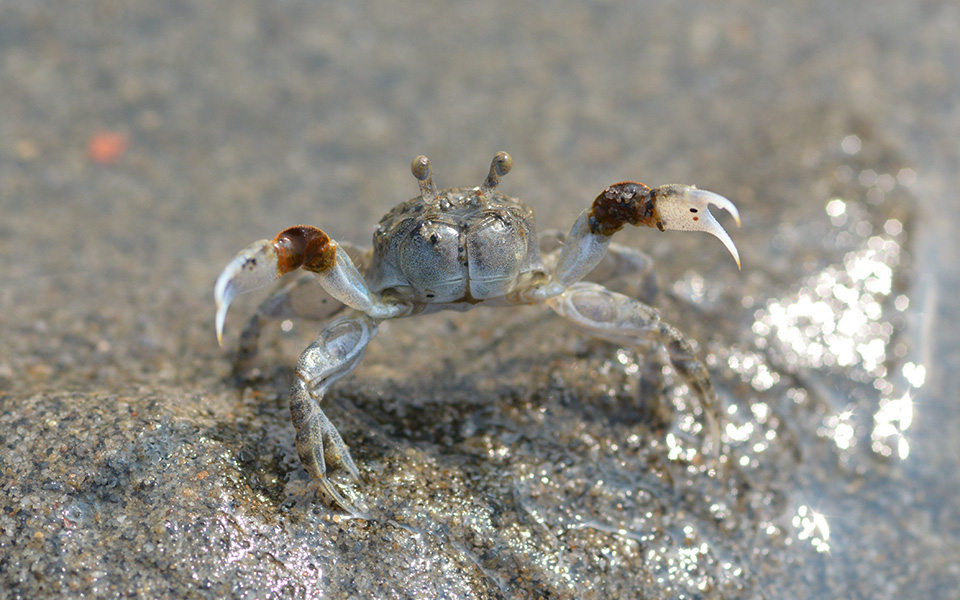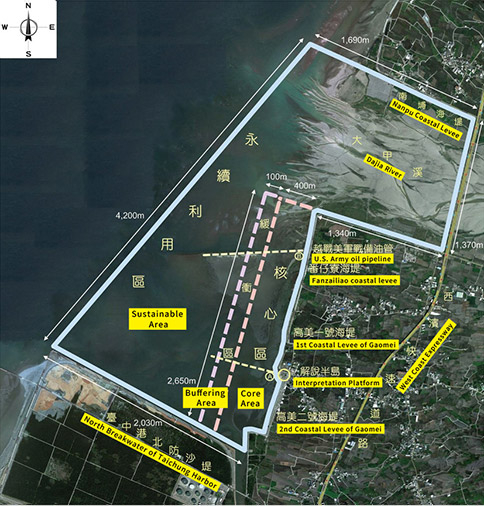Core Area and Buffering Area are the important wildlife habitats of Gaomei Wetland Preservation Area, entry are prohibited.
Sustainable Area is open to tourists and please do not disturb wildlife animals and plants. Swimming, snorkeling and any other aquatic activities are prohibited.

